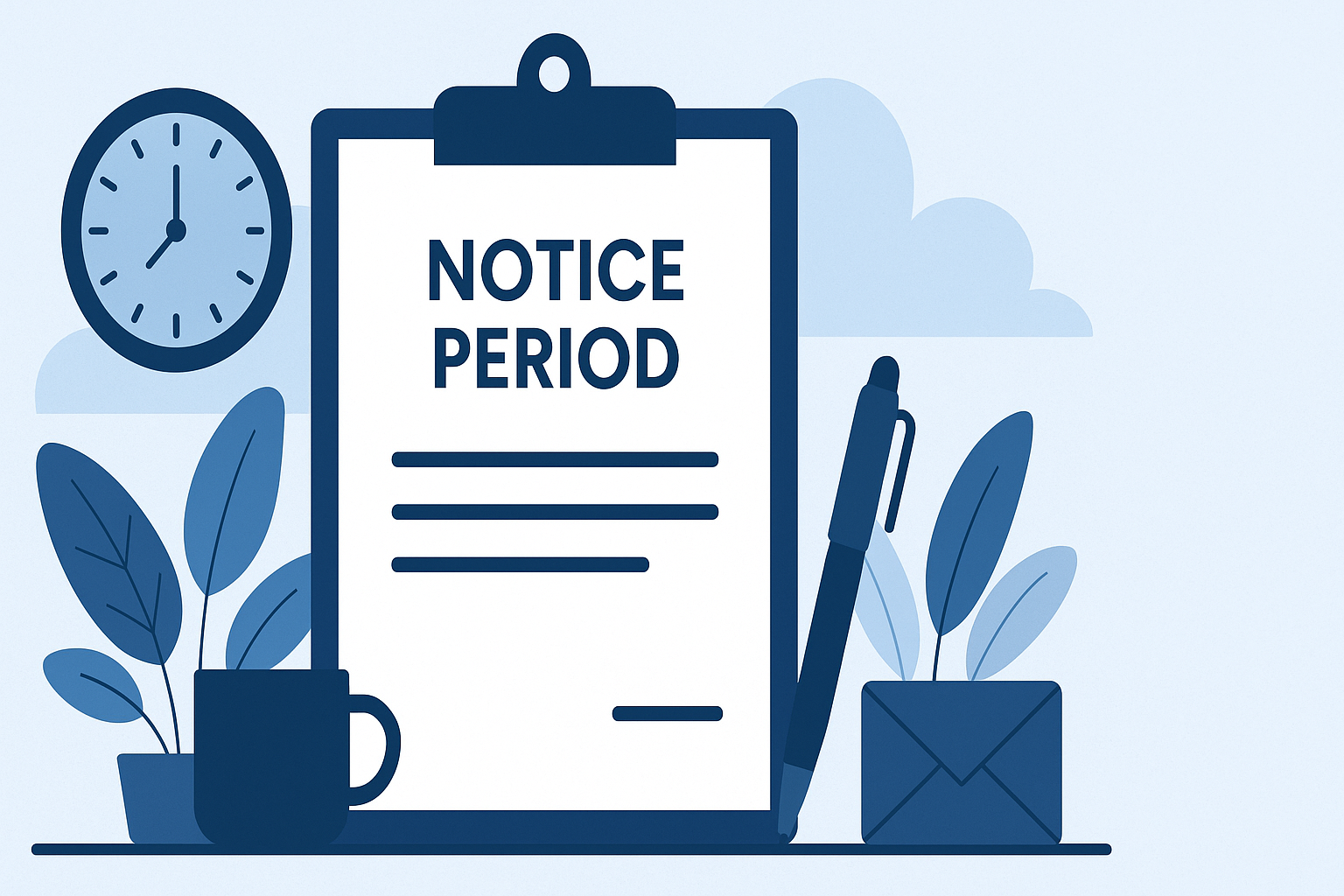Every company, small/medium or large, can utilise absence administration systems. The analytics in the absence management system enables management requests for leave and ensures that leave requests are given promptly and is an automated method. Also, supervisors and managers are informed before the leave are given, in case they are needed. Hence, having detailed insights into the leave management system’s analytics is imperative. Absence management systems provide a single source of truth, offering full visibility of employee absence data. Additionally, absence management software consolidates different pieces of the absence management process into a single system that’s always up to date.
The absence management system supports HR professionals in allocating and approving leave, monitoring absence, and then paying for them according to the needs. Absence management software work by assisting managers and HR teams in tracking employee absences, consolidating various absence tracking methods into a cohesive system that provides real-time visibility and insights into absence patterns and trends. Leave management software can track multiple types of leave, including vacations, sick days, and parental leave. It also supports tracking other types of leave, such as holidays and bereavement, ensuring comprehensive coverage of employee absence. Attendance management software helps organizations track employee attendance and manage both scheduled and unscheduled absences, integrating features such as time tracking, shift scheduling, and payroll data collection to enhance overall workforce management.
It also helps the HR department address employees’ leave and work with time-tracking devices. Absence management software provides a centralised platform where employees can easily track their leave and absence information. Self-service capabilities allow employees to manage their own leave requests and gain access to reports and calendars, making the process more efficient and transparent.
In the article, you’ll read about the benefits of analytics the absence management system brings you that help you enhance your decision-making power.
What is Absence Management?
Definition and Purpose of Absence Management
Absence management refers to the systematic process of managing and tracking employee absences, including sick leave, vacation time, and other types of leave. The primary purpose of absence management is to ensure that all employee absences are accurately recorded, promptly approved, and meticulously tracked. This process is crucial for maintaining a healthy and productive workforce. Effective absence management helps organizations reduce absenteeism, improve employee well-being, and ultimately increase overall productivity. By having a structured approach to managing employee absences, companies can ensure that they are well-prepared to handle any disruptions and maintain smooth operations.
Benefits Of Absence Management Software Analytics
An excellent absence management system will also enable you to modify the settings for your leave, which is crucial, especially when you want to automate your workflow. Using absence management software to track sickness absence is essential, as it offers features like customizable reporting tools and alerts for exceeding absence thresholds. Automated notifications are used to alert managers about time-off requests and changes in employee leave status. Furthermore, customizable leave types can be created to accommodate different employee needs and organizational policies.
In addition to the apparent advantages of a management system for leave, it also provides essential data analytics. This information is generally accessible on all your devices, such as tablets, smartphones, and computers. Users can request time off through a mobile app or desktop, allowing for convenience and accessibility. Many leave management systems offer mobile apps to enable leave management on the go, ensuring flexibility for both employees and managers.
Detailed Insights For Better Decision-Making On Employee Absences
An excellent absence management system like SchedulLeave allows you to run through the detailed analytics of the leave system, offering you some essential data like: A leave management system allows employees to view their holiday allowance and request time off in one place. It can manage various types of employee leave, including statutory holiday entitlement, by providing tools to record, track, and approve leave requests efficiently.
What period do employees take the maximum leave?
Are there employees who are taking unnecessary leave?
How many employees request leave at the last minute?
Are there employees who need to take leave but haven’t?
All these factors coil up to impact your decision-making flow negatively, and also, with insufficient data like above, you can easily miss out on the balance of workflow.
A detailed analysis can allow you and your team to address the work pattern effectively even in the absence of any employee and can also show a red flag about the employees who take leave with no valid reason.
Creating a balance between employees who take extensive leave and those who don’t take them at all is imperative to easily manage work operations. Tracking and analyzing both short-term and long-term sickness absence is crucial for understanding employee well-being and attendance. This helps in reducing absenteeism and improving workforce productivity.
Predict The Productivity Of Employees
When you glance at the numbers of the number of days carried or used, you’ll comprehend how an employee’s work is. They might be taking excessive leave or may not be taking leave when they require it.
Both methods can cause trouble, and you’ll have to haggle with the issue. A well-designed absence management system will feed you with data connected to these aspects and permit you to handle individuals.
Furthermore, you can follow the team functioning effectively by not taking extreme leave or operating a sufficient number of hours. Absence management systems can also provide you with current trends concerning applications for leave. In this way, you can raise new rules to dive into the issue supply. Absence management software helps identify absence trends, which can improve overall employee attendance. Additionally, leave management software often integrates with calendar applications like Google Calendar and Outlook, streamlining scheduling and planning.
Weather and climate also affect the way people apply for leave. Are there people who use leave on extremely cold or hot days? If you have a great leave management program, you can make inferences based on these conditions and then use them to address issues when they arise. Leave management solutions can help organizations maintain compliance with local labor laws regarding employee leave.
Automatically Removing Intermittent Leave With Leave Management System
Using online software for handling your leave is also feasible to create an automatic reduced-schedule withdrawal. A staff holiday booking system facilitates the process of managing holiday requests within organizations by allowing both managers and employees to view, request, and approve leave in a centralized manner. These could also be the rare leave that many employees choose to take.
The intermittent and less duration of these leave can cause troubles for the HR department since it is problematic to anticipate when an employee would like to utilise the leave. As this becomes a more accepted routine, automating leave should be taken seriously.
In addition, flexible working hours are possible, and some employees choose to work at home. This indicates that the leave management systems should be able to connect to cloud services so that employees can log in anytime they want to work. This can help calculate the amount of time they worked on specific days. Cloud-based leave management systems provide 24/7 access to employee absence records.
When it comes to the end of each month, they must be appraised or paid and paid. You can examine the various analytics and decide on your own. The leave management system can automate that also, as long as you have set the guidelines. The systems can provide reporting dashboards that display data on leave utilization.
That means there won’t be long lines outside the HR department asking for leave. And causing confusion between employees and HR executives.
Key Features of Absence Management Software
Request, Review, and Manage Leave with Ease
Absence management software is designed to streamline the entire process of managing employee absences, making it more efficient and less time-consuming. Key features of absence management software include:
Requesting and Approving Leave: Employees can easily request leave through the software, and managers can approve or deny these requests with just a few taps. This simplifies the leave management process and ensures that all requests are handled promptly.
Tracking Absence Records: The software provides a centralized platform for tracking all types of employee absences, including sick leave, vacation time, and other types of leave. This centralization ensures that all absence records are up-to-date and easily accessible.
Mobile App: Many absence management software solutions offer a mobile app, allowing employees to request leave and access their absence records on-the-go. This flexibility ensures that employees can manage their leave requests anytime, anywhere.
Leave Management Features: The software includes a range of features for managing leave, such as leave requests, leave approvals, and leave tracking. These features help streamline the leave management process and ensure that all aspects of employee leave are covered.
Compliance and Reporting: The software helps organizations comply with relevant laws and regulations by providing tools to track and manage employee absences. Additionally, it offers robust reporting features that allow managers to analyze employee absences and make informed decisions.
By incorporating these key features, absence management software helps organizations efficiently manage employee absences, ensuring compliance and improving overall productivity.




